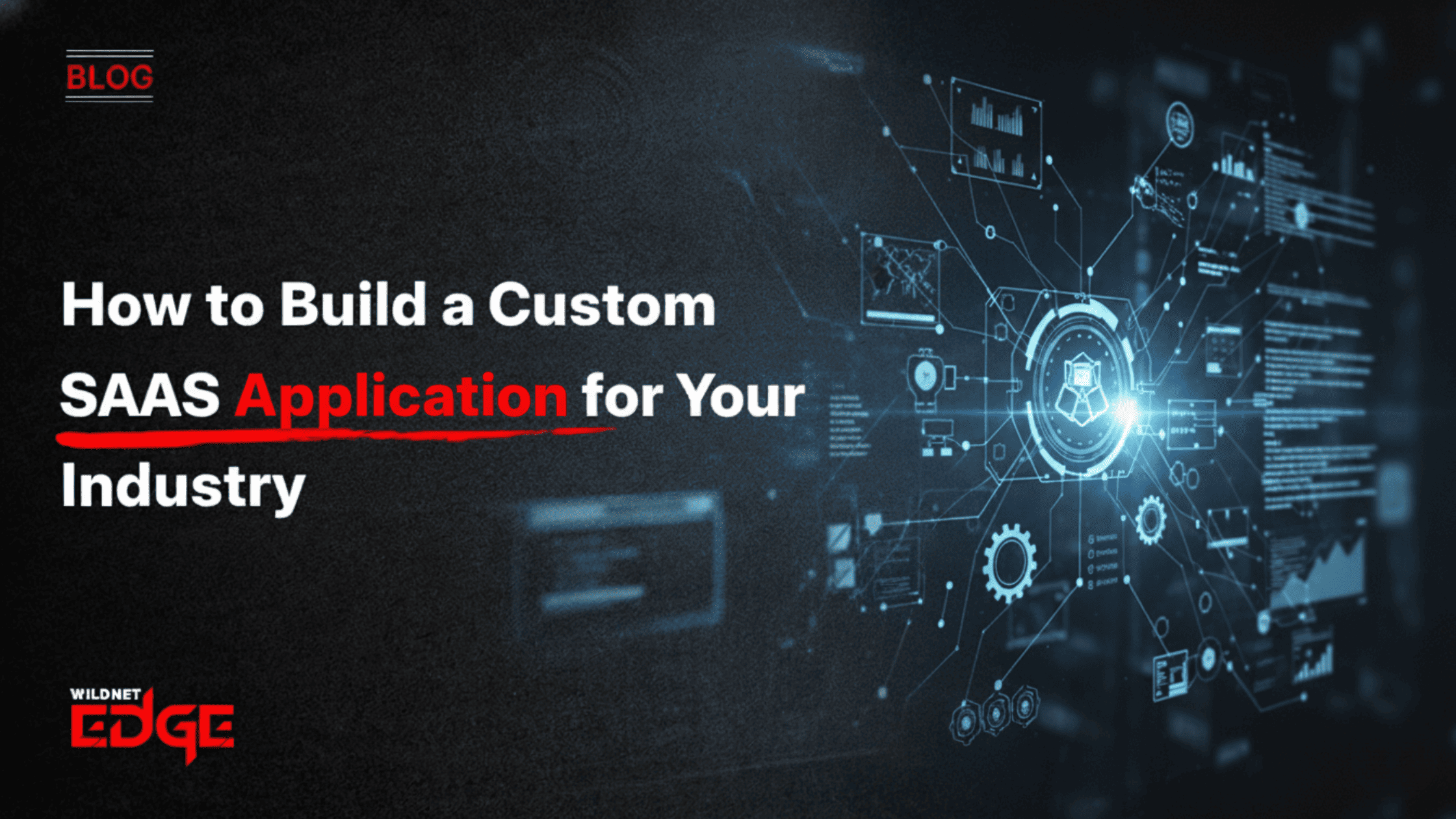Are you struggling to figure out how to move your business to the cloud without disrupting operations? You’re not alone. Many mid-sized enterprises face uncertainty when crafting a solid cloud migration strategy that aligns with legacy systems and ensures true cloud-readiness. In this post, we’ll break down a practical checklist that sets you up for success and transforms your migration journey from overwhelming to actionable.
With a focus on legacy modernization and practical readiness assessments, this guide will help you navigate the complexities of migration while optimizing resources, minimizing risks, and boosting business agility.
Legacy Modernization: Preparing Your Existing Systems
Legacy modernization is a cornerstone of any effective cloud migration strategy. It refers to the process of updating, re-architecting, or replacing outdated systems and applications before moving them to the cloud. Without addressing legacy challenges, mid-sized enterprises risk migrating inefficiencies, security vulnerabilities, and poor performance to their new environment.
Why Legacy Modernization Is Critical
Legacy systems often use outdated languages, frameworks, or architectures that aren’t optimized for cloud environments. Migrating these systems “”as-is”” can lead to scalability issues, increased operational costs, and underutilized cloud benefits. Modernization ensures your applications are refactored or replatformed to fully leverage cloud-native features such as auto-scaling, microservices, and containerization.
Assessing Current Legacy Applications
Begin by thoroughly auditing your existing applications and infrastructure for compatibility and performance barriers. Look for:
- Dependencies on obsolete software or hardware
- Performance bottlenecks
- Integration complexities with modern systems
- Security vulnerabilities
Use automated tools like Dynatrace or New Relic for in-depth application performance and dependency mapping.
Opportunities to Refactor, Replatform, or Replace
Once identified, decide on the modernization approach per component:
- Refactor: Modify code for cloud optimization without changing core functions.
- Replatform: Shift applications to cloud-managed services with minimal code changes.
- Replace: Substitute with SaaS alternatives or newly developed cloud-native apps.
Modernization Tools and Methodologies
Leverage industry-proven modernization techniques:
- Containerization (Docker, Kubernetes) to package apps for portability and scalability.
- Microservices architectures to break monolithic apps into manageable, cloud-compatible components.
- Serverless computing to reduce infrastructure overhead for event-driven workloads.
Risks of Migrating “As-Is”
Migrating legacy systems without modernization can result in:
- Failed migrations due to incompatibility
- Increased cloud costs from resource inefficiency
- Security gaps not addressed by older software
- Reduced agility and inability to exploit cloud capabilities
Actionable tip: Plan a phased modernization audit for mission-critical systems first to mitigate impact and reduce risk.
Assessing Cloud-Readiness: How to Gauge Your Enterprise’s Preparedness
Cloud-readiness assessment is indispensable for understanding how prepared your infrastructure, applications, security, and team are for the leap to cloud computing. This step helps prioritize workloads, identify gaps, and devise an informed roadmap.
Analyzing Network, Storage, and Compute Capabilities
Evaluate whether your existing network bandwidth, storage solutions, and compute hardware can support cloud migration – particularly the initial data transfer and ongoing hybrid operations. Consider:
- Latency and throughput for cloud access
- Existing storage type and capacity matching cloud object or block storage
- Compute scalability requirements versus current server capabilities
Tools like SolarWinds Network Performance Monitor and NetApp Cloud Volumes can assist in this diagnostic process.
Reviewing Security Posture and Compliance Requirements
Security cannot be an afterthought. Review policies, regulatory requirements (e.g., GDPR, HIPAA), and security controls before migration:
- Are data encryption and identity access management (IAM) policies cloud-compatible?
- Does your compliance framework extend to cloud environments?
- Have you mapped sensitive data for prioritized protection?
Security Information and Event Management (SIEM) tools combined with cloud-native services such as AWS Security Hub or Azure Security Center can provide visibility and governance.
Evaluating Team Skills and Change Management Readiness
Cloud migration isn’t just technology — it’s a cultural shift. Assess:
- Existing IT staff’s proficiency with cloud platforms and DevOps practices
- Change management capabilities to handle process adjustments and new workflows
- Training and upskilling plans to bridge skill gaps
Cloud readiness scoring models like the Microsoft Cloud Adoption Framework’s readiness assessment or AWS Migration Readiness Assessment (MRA) can help quantify readiness and identify focus areas.
Using Cloud Readiness Scoring Models to Prioritize Workloads
Not all workloads are suited for immediate migration. Based on your assessment:
- Score workloads on parameters such as complexity, criticality, and cloud compatibility
- Prioritize apps with the highest ROI and least risk for early migration waves
- Retain or modernize complex legacy workloads before attempting migration
Actionable tip: Use automated tools like AWS Migration Evaluator and Azure Migrate for objective scoring and to generate migration suitability reports.
Building a Cloud Migration Strategy: Step-by-Step Execution
A successful cloud migration strategy is both strategic and tactical. It must align IT actions with broader business goals, manage risks, and coordinate stakeholder efforts.
Define Business Objectives Tied to Cloud Migration
Clarify why you are migrating to the cloud. Typical objectives to define upfront include:
- Cost reduction and operational efficiency
- Enhanced scalability and business agility
- Improved data accessibility and analytics capabilities
- Innovation enablement through cloud-native services
Document specific expected outcomes with measurable KPIs to track post-migration success.
Prioritize Workloads and Create Migration Waves
Categorize applications into waves or batches based on:
- Complexity and interdependencies
- Business criticality and risk
- Cloud-readiness assessment results
This phased approach minimizes disruption and allows lessons learned to be applied progressively.
Choose Appropriate Cloud Deployment Models
Evaluate which deployment model fits your enterprise needs:
- Public cloud for scalability and cost efficiency
- Private cloud for customization and stringent compliance
- Hybrid cloud for legacy integration and gradual transition
Consider a multi-cloud approach to avoid vendor lock-in and optimize workload placement.
Develop a Robust Migration Timeline and Resource Allocation Plan
Craft an actionable timeline considering:
- Migration windows that minimize business impact
- Resource availability including people, budget, and technology
- Contingency planning for unexpected issues
Integrate milestones with clear accountability and transparent communication channels.
Establish Data Backup and Disaster Recovery Protocols
Implement comprehensive data backup strategies before migration:
- Use cloud-based backup solutions for incremental and full backups
- Test recovery procedures regularly to ensure business continuity
- Define RPO (Recovery Point Objective) and RTO (Recovery Time Objective) per workload
Actionable tip: Build automated rollback capabilities to revert failed migration batches swiftly.
Trends & Best Practices in Cloud Migration for Mid-Sized Businesses
Staying abreast of emerging trends and adopting industry best practices will future-proof your cloud migration efforts.
Embrace Hybrid and Multi-Cloud Strategies for Flexibility
Mid-sized enterprises increasingly adopt hybrid and multi-cloud models to bypass vendor lock-in and tailor solutions per workload needs. These strategies improve resilience and performance by leveraging best-suited environments.
Incorporate AI/ML for Migration Analytics and Automation
Artificial Intelligence and Machine Learning tools are revolutionizing migration:
- Automated discovery and mapping of applications reduce manual effort.
- Predictive analytics optimize migration sequencing and performance tuning.
- AI-driven automation accelerates repetitive cloud provisioning and configuration tasks.
Tools such as Turbonomic or CloudHealth now include AI capabilities for smarter migration planning.
Focus on Continuous Optimization Post-Migration
Cloud migration is ongoing — continuously review cloud resource usage, performance, and security:
- Use cloud-native monitoring tools (e.g., Azure Monitor, AWS CloudWatch) for real-time insights.
- Optimize costs by rightsizing instances and leveraging spot pricing.
- Refine policies for governance and compliance iteratively.
Prioritize Security with Zero-Trust Architectures
Adopt zero-trust policies that verify every user and device regardless of network location, minimizing breach risks. Integrate identity federation, MFA, and micro-segmentation into your cloud security framework.
Leverage Managed Services for Operational Efficiency
Managed cloud services enable mid-sized firms to offload maintenance and focus on core business objectives:
- Managed Kubernetes or databases for complex components
- Security-as-a-Service to ensure continuous compliance
- Cloud migration consulting services to accelerate delivery
Actionable tip: Partner with providers offering tailored managed services aligned with your enterprise size and vertical.
Conclusion
Successfully migrating your mid-sized enterprise to the cloud requires a well-thought-out cloud migration strategy focusing on legacy modernization and comprehensive cloud-readiness assessments. Addressing existing system limitations before migration and equipping your team to embrace cloud operational models are equally important.
WildnetEdge stands as a trusted authority, offering expert guidance and tailored solutions to streamline your cloud journey and maximize ROI. By partnering with WildnetEdge, your business infrastructure can transform into a flexible, scalable, and secure environment primed for future innovation.
Take actionable steps today to elevate your enterprise’s cloud migration using this checklist as your roadmap toward a resilient, cloud-empowered future.
FAQs
Q1: What are the key elements of a successful cloud migration strategy for mid-sized enterprises?
It includes assessing legacy system modernization needs, evaluating cloud-readiness, prioritizing workloads, selecting the right cloud models, and executing a phased migration plan.
Q2: How can legacy modernization improve cloud migration outcomes?
Modernizing legacy applications reduces risks, improves compatibility, enhances performance, and enables leveraging cloud-native features effectively.
Q3: What tools help assess cloud-readiness before migration?
Tools like AWS Migration Evaluator, Azure Migrate, and Google Cloud’s Migrate for Compute Engine help analyze infrastructure, applications, and security readiness.
Q4: Is cloud migration only about technology changes?
No, it also involves organizational change management, upskilling staff, revising processes, and aligning business goals with technology capabilities.
Q5: Why choose WildnetEdge for cloud migration strategy?
WildnetEdge offers specialized expertise in legacy modernization and cloud-readiness assessment, providing customized strategies that minimize risk and accelerate cloud adoption.

Nitin Agarwal is a veteran in custom software development. He is fascinated by how software can turn ideas into real-world solutions. With extensive experience designing scalable and efficient systems, he focuses on creating software that delivers tangible results. Nitin enjoys exploring emerging technologies, taking on challenging projects, and mentoring teams to bring ideas to life. He believes that good software is not just about code; it’s about understanding problems and creating value for users. For him, great software combines thoughtful design, clever engineering, and a clear understanding of the problems it’s meant to solve.
 sales@wildnetedge.com
sales@wildnetedge.com +1 (212) 901 8616
+1 (212) 901 8616 +1 (437) 225-7733
+1 (437) 225-7733































